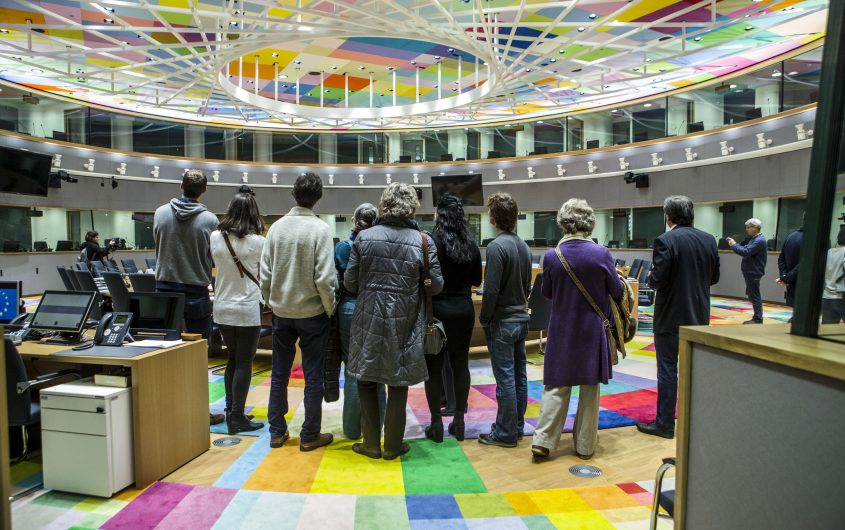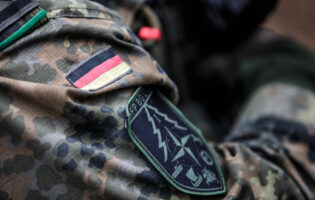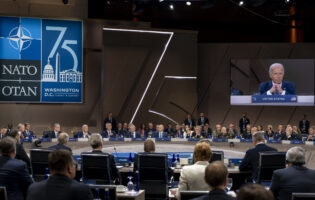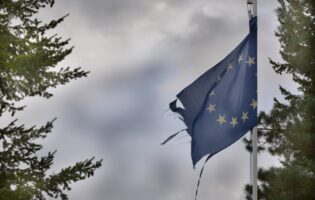
EU Cohesion Monitor 2019: The untold story of European resilience

Almut Möller
European Council on Foreign Relations
Almut Möller is a political scientist and currently a senior policy fellow and head of the European Council on Foreign Relations’ (ECFR) Berlin office. She has published widely on European affairs, foreign and security policy, and Germany’s role in the EU, and is a frequent commentator in the international media. Almut started her career in the think tank world at the Centre for Applied Policy Research at LMU University in Munich (1999-2008), where she focused on EU institutions and reform, and later on EU foreign policy. She then worked as an independent political analyst in London, focusing on EU-Middle East relations (2008-2010). Before joining ECFR she led the Europe program at the German Council on Foreign Relations/DGAP (2010-2015). Research fellowships have taken her to Renmin University of China in Beijing, the Al Ahram Center for Political and Security Studies in Cairo and the American Institute for Contemporary German Studies (AICGS) at Johns Hopkins University in Washington, D.C., where she continues to engage as a non-resident fellow. Almut is a member of the extended board of Women in International Security (WIIS.de) and a member of the 14th Advisory Board “Innere Führung” of the German Federal Ministry of Defense.
She is a 2016-2017 participant in AICGS’ project “A German-American Dialogue of the Next Generation: Global Responsibility, Joint Engagement,” sponsored by the Transatlantik-Programm der Bundesrepublik Deutschland aus Mitteln des European Recovery Program (ERP) des Bundesministeriums für Wirtschaft und Energie (BMWi).
The dominant narrative about the European Union over recent years has been one of fragmentation. Indeed, there are visible signs of a union struggling to mobilise collective action – on eurozone reform and European security, for instance – and even crumbling, with one of its largest members, the United Kingdom, on its way out. And there are significant portions of electorates in almost all member states backing sovereigntist and anti-EU parties that challenge cooperation under the EU umbrella.
Yet there is another story to tell: the story of the breath-taking resilience of the EU even in light of the economic and political crises of the past decade. There is obviously a powerful glue that holds EU countries and societies together. This has prevented the union from falling apart at a time of great stress.
In 2015, ECFR set out to better understand what makes EU countries and societies stick together. We wanted to shed light on Europe’s state of cohesion, a theme that has been vital to the very idea of European integration right from its start in the 1950s. We thought that despite the centrality of cohesion to the future of the EU there had been little understanding of the building blocks of cohesion so far. The EU Cohesion Monitor developed to fill that gap is a data-based tool which allows users to better understand the variety of factors that contribute to cohesion – or lack thereof. Its third edition is published this week.









